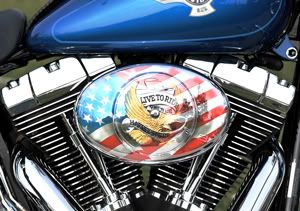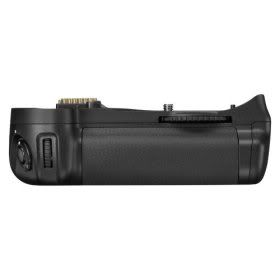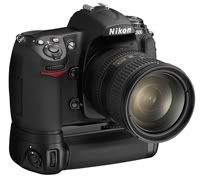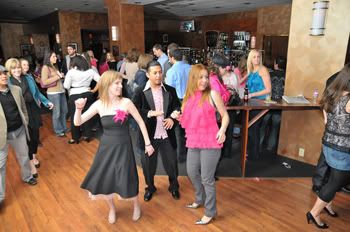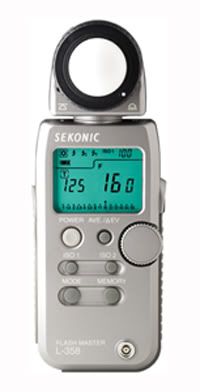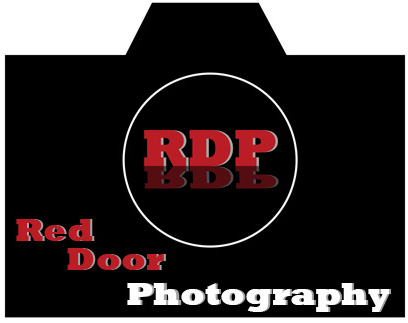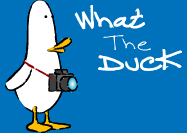
The CD is dead... Not in the sense of music, or because of pirating, but because it doesn't hold enough. My first digital camera was a Sony point and shoot that was 1.2megapixels. My cell phone camera has better resolution than this thing had. For that camera I bought a "big" 32mb disk that would hold almost 2000 images! Today I use 8 gig cards that only hold 700 images in JPEG fine. With that old camera there was never any problem getting all of my images onto a cd for storage, or distribution, but today CD's are a thing of the past. I can only fit 1/11th of my images off of a single card onto a CD. So what do we do? We use DVD's. But wait, the normal DVD-R only holds 4.7gigs, that won't hold all of the images from one card either. We now have to turn to Dual Layer DVD's that hold 8gigs. This is just enough space to hold all of our data from one card... but they cost about 10times the price of a blank cd. As technology changes, and we get more and more pixels onto a sensor we increase our overall file size. This in turn makes us buy more and more storage space to back our images up. There really is no end game here. Our storage needs are going to keep increasing, and the available storage media is going to increase right along with it. My goal is to make a concerted effort to take less photos. I want to take less photos that don't mean anything, or are just plain bad and concentrate on only pressing that shutter when I have something worth viewing. Ok off of my soap box for today.
If you've never had any experience with a studio strobe check out David Hobby's articles on them Here . David does a good job of explaining how they work, what all of the switches do, and more importantly, how to light with them.
A quick reminder. Everyone go backup your images NOW. Don't put it off until tomorrow. You could walk away today and the drive could fail and that would be it. Best Buy has a 500gig external hard drive on sale HERE for 89.99. With prices like that, there's really no reason we shouldn't be backing our images up.
Also for anyone that doesn't know, Shop Bellevue is going on this Friday. The Shops in our business district stay open until 9PM. They do this the first Friday of every month. This month however there is an extra reason to come down and participate in it. Each shop has been given 24 Easter eggs with prize in them from the shops in Bellevue. every shop you walk into is supposed to give you an egg, so visit all of the shops you can. The grand prize is a really nice gold ring from our local jewelry store. It has a nice diamond in it, as well as some gem stones around the outside. We look forward to seeing you there! Our address is 421 Fairfield ave. Bellevue Kentucky 41073. Jason Read more on this article...



